Names of Galaxies: A Look at Fascinating Galaxies Outside the Milky Way
Since our galaxy, the Milky Way, is one of many in space, it’s logical that different galaxies should have their names. And while some of these galaxies are easy to pick out and identify, others are difficult to spot with even the most powerful telescopes.
To help you start your journey through the cosmos, we’ve compiled a list of common names of galaxies – and what those galaxies look like!
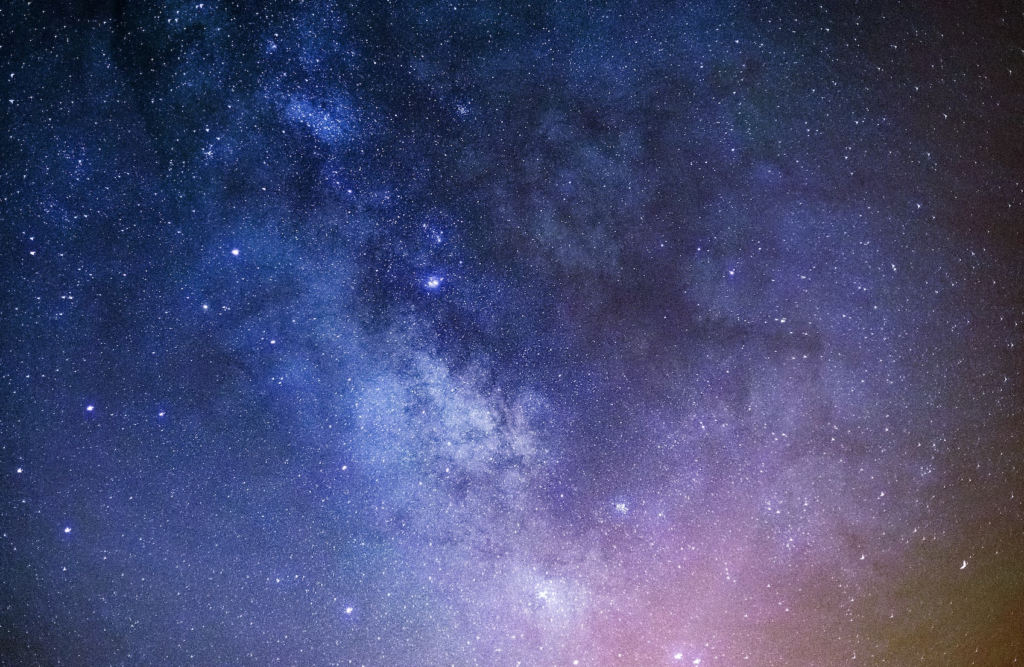
Different Names of Galaxies
The International Astronomical Union notes that hundreds of thousands of suns and countless other stars make up the bulk of a galaxy, which is held together by only gravitation. Galaxies are similarly enormous, with diameters in the tens of billions of kilometers.
Observing our Milky Way galaxy is the first step in learning about galaxies.
Our solar system’s sun is among billions of stars that make up the Milky galaxy. The sun follows a path around the Milky’s center similar to the Earth’s.
Every one of the stars we recognize when we look up into the sky at night is a part of the Milky galaxy. On a clear, moonless night, the Milky galaxy can appear as a thin, hazy strip of stars and light sweeping the skies. Our Milky galaxy is seen from within out. Due to our galaxy’s disk structure, we can only make out a tiny line because we are looking at its periphery.
The bright region in the center of this ring is the galaxy core. The central stars are clustered considerably more closely together, forming a ball-like structure that can be seen at the bottom and top of the disk.
If we were to reflect on Milky’s expanse from above, we might have a better idea of its structure by charting the locations and movements of the stars within it. A spherical outline would best describe the overall form.
Since the stars in this region are colder, we could only be able to make out their luminous center, which could appear a ruddy yellow. The nucleus would radiate myriad spiral arms, bluer in color because they contained hotter galaxies. To an outside observer, the Milky galaxy might resemble a whirlpool.
Names of Galaxies Beyond the Milky Way
The presence of many other galaxies with spiral arms has convinced astronomers that our Milky galaxy is no exception. Our Milky galaxy is not unique in having spiral arms; many other galaxies with disk shapes comparable to ours do as well. Spiral galaxies are what astronomers refer to these objects as.
Although not every galaxy appears this way, fuzzy, smooth ovals of light, somewhere between a rugby and a basketball, are what some of the additional galaxies we see throughout the universe seem to like to us. The stars in elliptical galaxies tend to be redder and cooler, hence the name. Unshaped galaxies are also a thing, and they exist. These galaxies are classified as irregular.
It’s not easy to estimate the total number of galaxies in the cosmos. Even with the largest telescopes, humans cannot easily detect many galaxies because of their low luminosity or tiny size. Nevertheless, astronomers devised a cunning method of figuring this one out. For 11.3 days, scientists focused the Hubble space telescope on a small section of the sky, gathering light from close and faraway galaxies.
Approximately 10,000 galaxies of varying shapes and sizes filled this tiny region of the sky. Astronomers estimated from 100 to 200 billion stars by multiplying this figure by the number of occasions this small piece of the atmosphere could fit into the entire sky. However, this estimate will likely shift as we gain more knowledge about the cosmos.
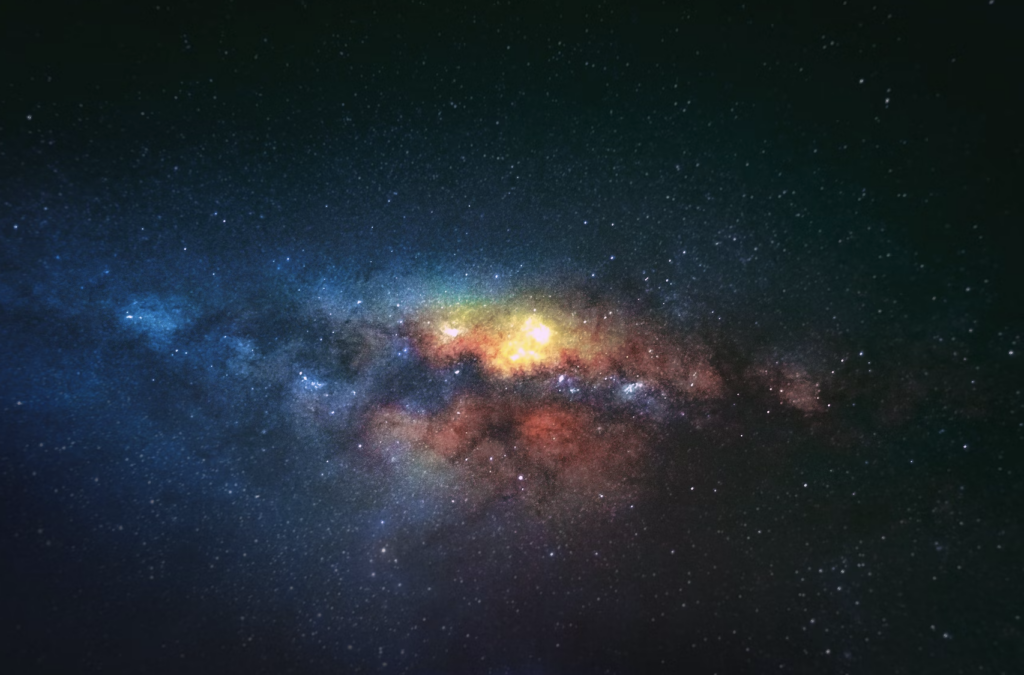
Names of Other Galaxies
Three main types of galaxies are recognized by astronomers: elliptical, spiral, and irregular. From small dwarf galaxies with a hundred million stars to enormous, trillion-star giant galaxies, there is a wide variety in the sizes of these observable structures.
Approximately a third of all galaxies are ellipticals, and their shapes range from almost circular to quite elongated. There is less gas and dust in these regions, and the stars there are older, so they aren’t producing new ones.
Approximately 300,000 light-years in diameter, the largest and rarest of them are called giant ellipticals. Astrophysicists think that they originate when smaller galaxies collide and integrate. Dwarf ellipticals with diameters of a few thousand light-years are much more prevalent.
Flat, bluish-white disks of stars, gas, and dust characterize spiral galaxies, but their central bulges are seen in a more distinguishable yellow. You can classify these galaxies as either “regular” or “barred” spirals. There is a central bulge in barred spirals, and the bar of stars passes through it.
Unlike regular spirals, the limbs of a banded spiral typically begin at the bar’s end rather than at the spiral’s bulging. Active galaxies make up a sizable fraction of all visible galaxies and are the most common type of galaxy in the observable universe.
Scientists have found many galaxies that don’t fit neatly into any of these three standard types, and they suspect they may be in a transitional stage of galactic evolution. These objects include galaxies interacting or colliding and those whose active nuclei are releasing gas jets.
Galaxy Names
The numerous galaxy names are introduced in Space Objects Module (2000) and Mohammad Soerjani’s Universe. This means that there are many other galaxies out there. Take a look at the list of galaxy names below:
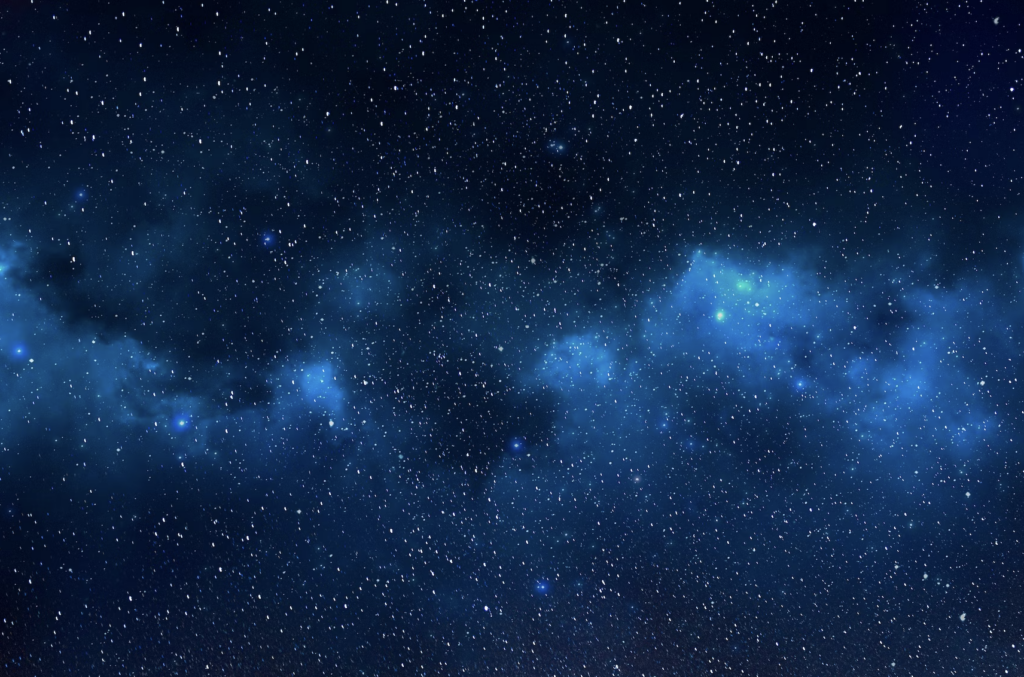
1. Andromeda Galaxy
The Andromeda Galaxy is the closest spiral galaxy to our own. Andromeda is more than 2.5 million light-years from Earth, but still appears as a fuzzy blob in even the most powerful telescopes. The galaxy has several satellite galaxies and was named after a princess from Greek mythology.
Andromeda was initially discovered in 1885 by astronomer Edwin Hubble.
2. Antennae Galaxy
You don’t have to be a superhero to see the Antennae Galaxies; two long streamers of stars connect them and make them look like an ant’s antennae. The galaxies are separated by about 10 million light years.
The Antennae (also known as NGC 4038 & 4039) were named for their starry appearance by astronomer James Dunlop in 1826.
3. Big Dipper
If you’re a fan of the Big Dipper, you’re in for a treat – it isn’t one galaxy, but four! These galaxies are located in the constellation Ursa Major and are known as Messier objects #51 (The Great Bear) and #52 (The Little Bear).
These galaxies can be found by following the pointer stars Dubhe and Merak to Alkaid. The Big Dipper is located just below the tip of the pointer stars!
4. Canes Venatici
Named after it resembles hunting dogs, Canes Venatici is a beautiful spiral galaxy connected to the Big Dipper and Ursa Major. The Canes Venatici galaxy lies at a distance of 40 million light-years from Earth.
5. Cetus
The Cetus is a small spiral galaxy between the Big Dipper and the Dipper in Ursa Major. Although it is smaller than the Big Dipper, it has an equal number of stars. The Cetus was first discovered by astronomer Guillaume Le Gentil in 1650 and is also known as Messier object #88 or NGC 884.
6. Helix
The Helix, also known as Messier object 67, is a small, bright spiral galaxy that only appears in large telescopes. It is located in the northern area of the Canes Venatici constellation.
7. Leo Trio
This galactic trio lies in the constellation Leo and consists of three galaxies: M65, M66, and NGC 3628. All three galaxies are about 60 million light years away from Earth.
The Leo Trio was discovered in 1781 by French astronomer Charles Messier and contained about 300 billion stars.
8. Pegasus Dwarf Irregular Galaxy
The Pegasus Dwarf Irregular Galaxy is one of the smallest galaxies in our universe, but what it lacks in size makes up for in density. Approximately 3 million stars call the Pegasus Dwarf home, which lies at a distance of 1 million light-years from Earth.
Pegasus Dwarf was first discovered in 1750 by English astronomer John Bevis.

9. PGC 35283
The PGC 35283 is a faint spiral galaxy that lies just above Andromeda in Cygnus’s constellation but can be seen with a small telescope.
The American astronomer Jesse Greenstein first discovered the galaxy in 1930, also known as Messier object #38 or NGC 381.
10. Quasar
Quasars are superbright objects that come from a small, dense region near the center of galaxies. Star formation is not occurring in quasars, so they are incredibly bright and shine through anything between them and Earth. Quasars can reach up to 100 billion times brighter than our sun.
The first quasar, 3C 273, was discovered in 1963 by radio engineer Allan Sandage.
11. Sextans A
The Sextans A galaxy is a small spiral galaxy that contains about 300 billion stars. The Sextans A can be found in the constellation of Sextans and is also known as Messier object #55 or NGC 3198.
12. Small Magellanic Cloud
The Small Magellanic Cloud is a dwarf galaxy that’s one of the closest to our own. It is made up of little more than a few hundred stars and lies at a distance of about 160,000 light-years from Earth.
It was first discovered in 1751 by English astronomer John Flamsteed.
13. UGC 5358 (Andromeda)
The Andromeda Galaxy is 150,000 light years away from us and has as many as 100 billion stars. It’s hard to see, but the Andromeda Galaxy is often called Messier object #2 or NGC 224.
14. UGC 6361
The UGC 6361 galaxy is located in the constellation of the Monoceros. The galaxy contains about 500 billion stars and is also known as Messier object #45 or NGC 3114.
15. UGCA 6535 (Sextans)
Sextans lay in the constellation of Sextans and was first discovered by French astronomer Pierre Méchain in 1781. This tiny galaxy contains about 500 billion stars and is also known as Messier object #55 or NGC 3198.
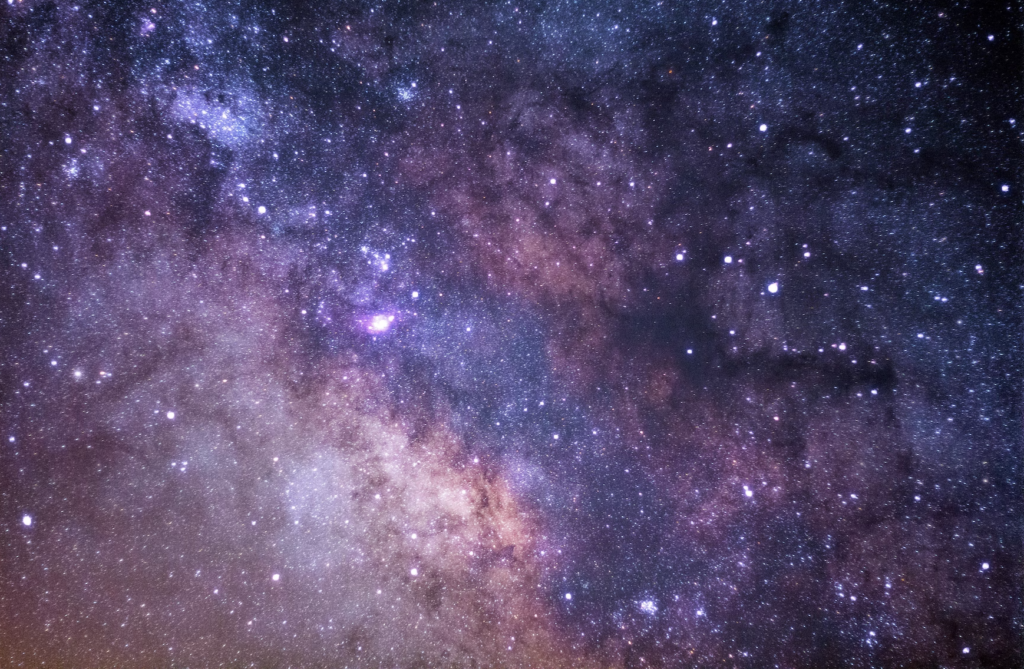
16. UGD 164
UGC 164 is a small elliptical galaxy located in the constellation Andromeda and requires an amateur telescope to see it clearly, but it could contain up to 500 billion stars.
17. Whirlpool
The Whirlpool Galaxy is a spiral galaxy with a large structure located in the Canes Venatici constellation. The Whirlpool Galaxy is also known as Messier object #51 or NGC 5194 and was first discovered by astronomer James Dunlop in 1826.
18. Wolf-Rayet Star
Wolf-Rayet Stars are giant, hot, and influential stars with a high proportion of hydrogen. They are also very unstable and usually end their lives in a supernova explosion.
They were first discovered by French astronomers Charles Wolf and Georges Rayet in 1859.
19. Open Cluster
Open clusters are groups of stars that were formed at the same time. Open clusters often contain hundreds of different stars of the same age and composition. Open clusters can be found throughout our galaxy and are thought to be the future sites of dwarf galaxies.
Open clusters are often referred to as Messier objects! The order of the Messier catalog was alphabetical when they were discovered, which is why open clusters begin with M36 and end with M68.
20. Globular Cluster
Globular clusters contain over a hundred thousand stars at approximately the same distance from Earth. They are typically densely packed in the center but gradually spread further away from the cluster. Globular clusters are small, compact, and have an extremely old age of around 13 billion years.
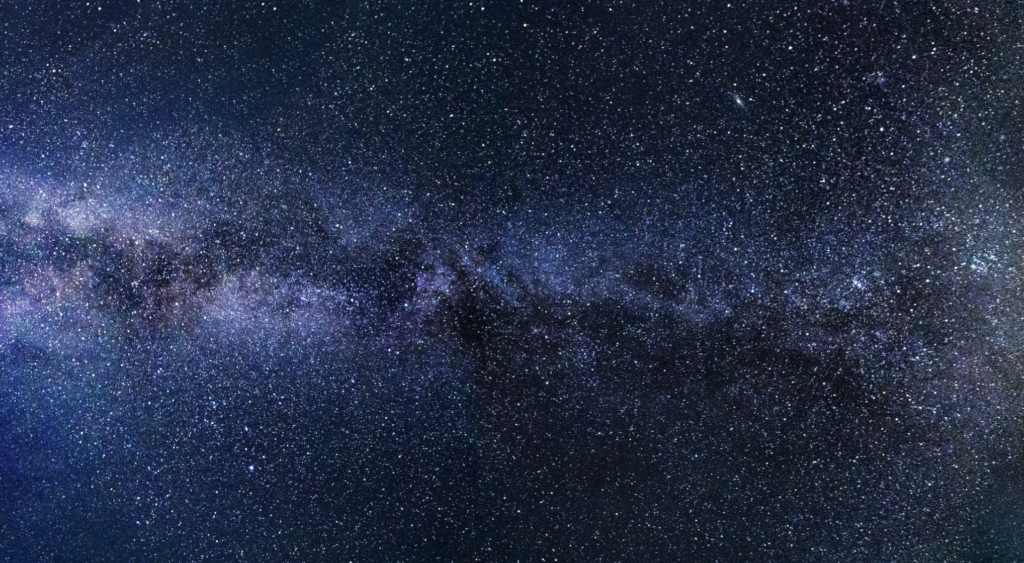
21. Galaxies Spiral
Spiral galaxies are large and flat and can often be found in groups together. They are made up of billions of stars and are much larger than our galaxy. Spiral galaxies often have a prominent central bulge with spiral arms composed of streams of star-like objects.
Spiral galaxies can be found in large and small groups throughout our galaxies. British astronomer John Herschel discovered the spiral galaxy Messier 100 in 1834.
22. Elliptical Galaxy
Elliptical galaxies do not have a spiral structure and are thought to result from many mergers. They are large and often have many halos of stars surrounding them. Elliptical galaxies and other clusters of galaxies can be found throughout our galaxy.
23. Lenticular Galaxy
Lenticular galaxies are made up of a few stars, which is why few people can see them with their naked eye. They are located in our galaxy but can be seen with a small telescope, often requiring a wide field of view. Lenticular galaxies are formed from smaller galaxies that were gravitationally pulled into one.
24. Large Magellanic Cloud
The Large Magellanic Cloud is a dwarf galaxy about 30 million light years away from us and contains anywhere between 50 billion and 100 billion stars. British astronomer John Herschel first discovered it in 1834.
25. Pegasi
Pegasus is a dwarf planet located in the constellation of Pegasus and can be seen with binoculars. It was first discovered in 1610 by Dutch astronomer Petrus Plancius, who named it after the Greek hero Perseus.
26. RE J0939+ 1005
RE J0939+1005 is a galaxy in the constellation of Cetus and can be found using the constellation of Centaurus as a guide. English astronomer John Herschel first discovered it in 1827, who also named it.
27. T Pyxidis Stellar Fold
T Pyxidis Stellar Fold is a neutron star located in the constellation of Pyxis and can be seen with binoculars. It was first discovered by NASA’s Nuclear Spectroscopic Telescope Array in 2002, who also named it.
These are the names of galaxies, explanations, traits, and monikers for galaxies everywhere.
